
Earth hosts more than 7.7 million animal species, and over 20% face extinction. Many of the planet’s most unusual creatures now teeter on the brink. Photographer Tim Flach spent more than two years documenting some of the most emblematic and striking species, prompting us to reconsider our relation...
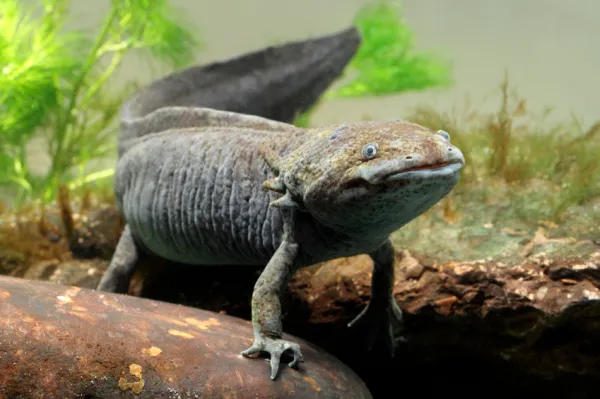
Mexico, located in North America, covers more than 1.96 million km² of territory and is home to over 127 million people. Beyond its cultural richness, the country stands out as one of the world’s biodiversity hotspots. Its diverse geography — mountains, volcanoes, prairies, tropical forests, dese...
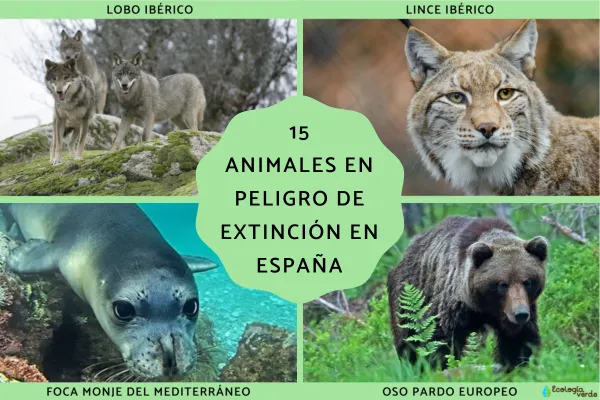
The Iberian lynx, spur-thighed tortoise, Mediterranean tortoise, black stork, Iberian wolf, European brown bear, bearded vulture, common chameleon—these are just a few examples of animals in danger of extinction in Spain. In recent decades, more than 150 species have been recorded as endangered in...
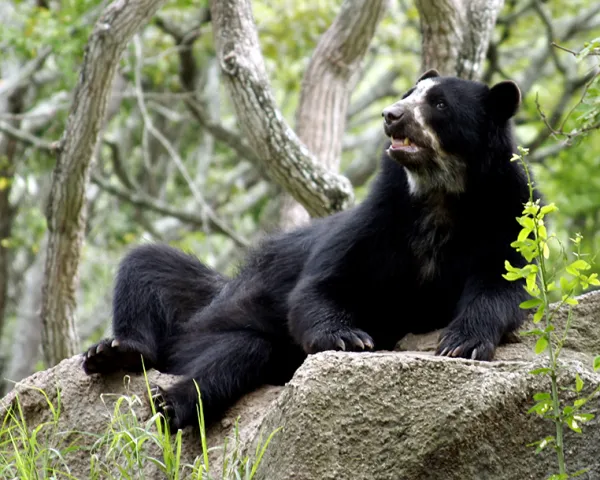
Peru is one of the countries with the greatest biodiversity on Earth, thanks to its diverse ecosystems that range from the Amazon rainforest to the Andes mountains, the Pacific coast, and even arid deserts. Sadly, many of its species are now threatened with extinction.The Amazon rainforest, often ca...
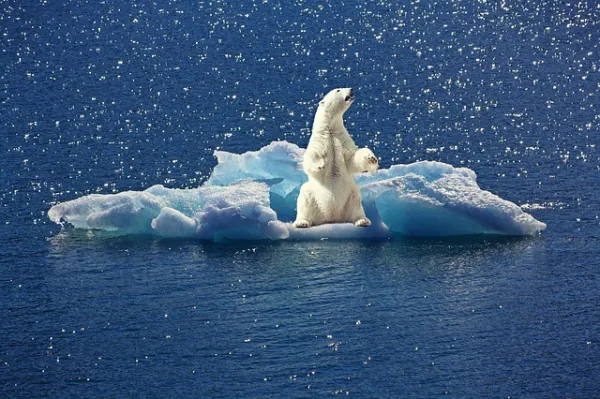
Climate change and global warming have become undeniable realities, and one of the regions most affected is the Arctic. The ice is melting at an alarming rate, and the animals that depend on it are facing severe threats to their survival.For these species, there are only two choices: adapt to the ne...

Across the globe, countless animal species are on the brink of extinction. Asia, with its vast biodiversity and dense human populations, is one of the regions where this crisis is most evident. The main threats to wildlife here are illegal hunting and trafficking (either live animals or their body p...
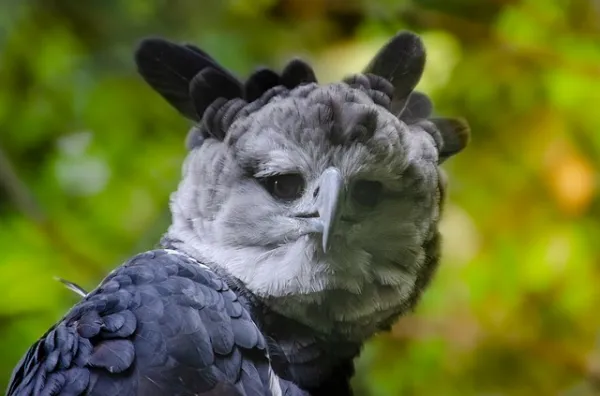
Ecuador is one of the most biodiverse countries in the world, home to ecosystems that range from the high Andes to the Amazon rainforest and the Galápagos Islands. This diversity has allowed countless species to flourish. However, human activity and environmental change have placed many of these an...
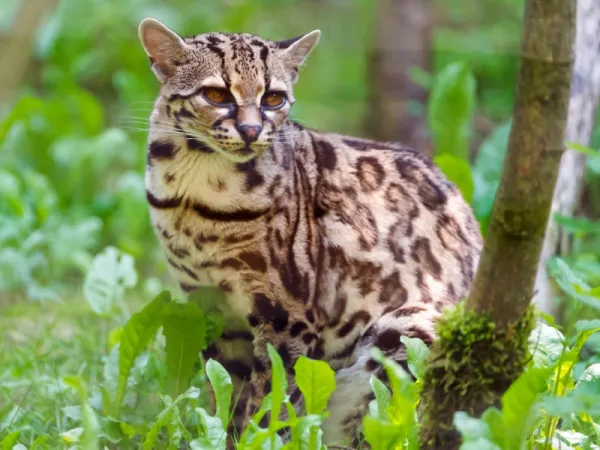
Straddling the Central American isthmus, Panama blends tropical climate, coast-to-coast shorelines, lowland rainforests, cloud forests and mangroves—conditions that foster exceptional biodiversity. Unfortunately, habitat fragmentation, pollution, illegal hunting and wildlife trade are pushing many...
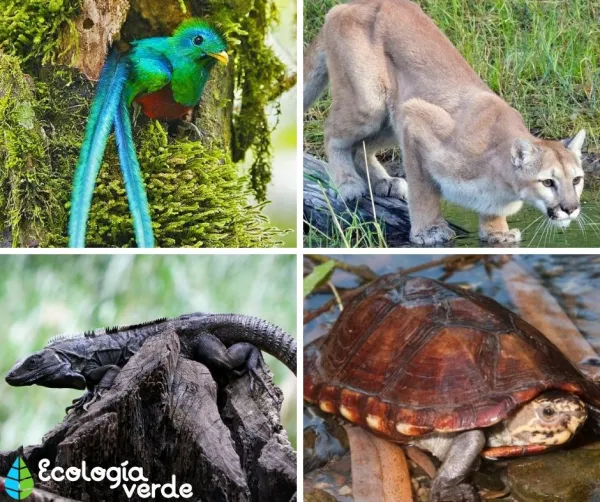
Guatemala packs cloud forests, tropical lowlands, mangroves, and high mountains into a small map—an incredible diversity now pressured by rapid habitat loss and illegal hunting. The IUCN Red List ranks extinction risk from Least Concern (LC) → Near Threatened (NT) → Vulnerable (VU) → Endangered...
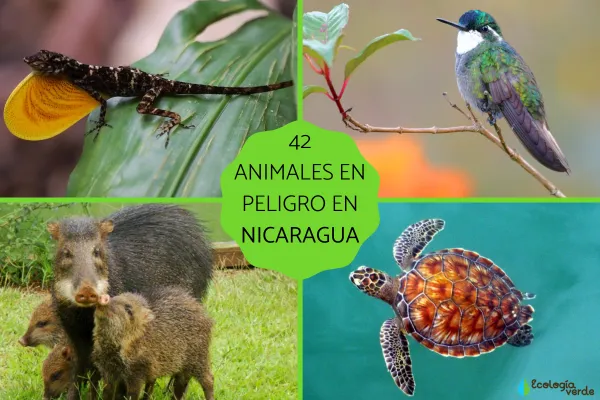
Nicaragua, the largest country in Central America, is home to exceptional biodiversity. Its 68 terrestrial and aquatic ecosystems support over 14,000 species of invertebrates and around 1,800 species of vertebrates. However, habitat degradation, fragmentation, and loss have placed many of Nicaragua’...
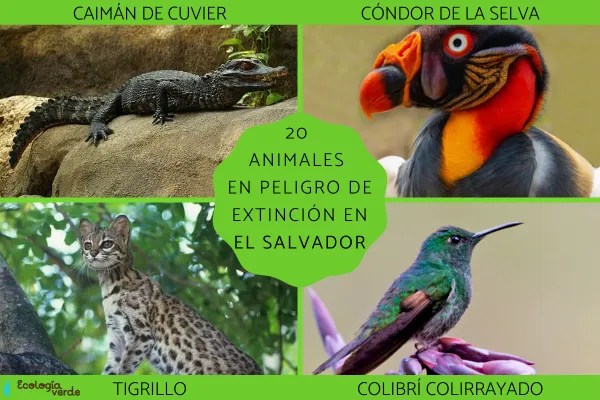
Despite its small territory, El Salvador boasts exceptional biodiversity due to its tropical location along the Pacific Ocean. However, around 75% of its land is used for agricultural and livestock activities. Combined with climate change and environmental degradation, this has led to a sharp declin...
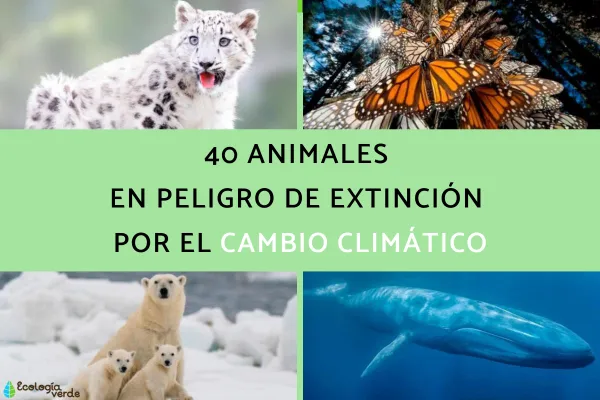
Climate change is one of the most significant threats facing Earth’s ecosystems today. Scientists warn that up to 50% of all species could become extinct if climate change is not halted in time. Extreme weather, melting glaciers, disrupted ecosystems, and broken food chains are rapidly pushing many...
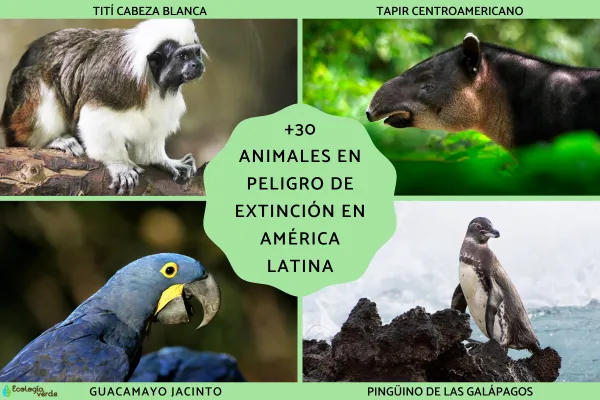
Latin America is a region rich in diverse landscapes, cultures, traditions—and also in unique animal species. However, like many creatures around the world, Latin American wildlife is increasingly threatened by human activity and environmental changes. In this article, we explore more than 30 speci...
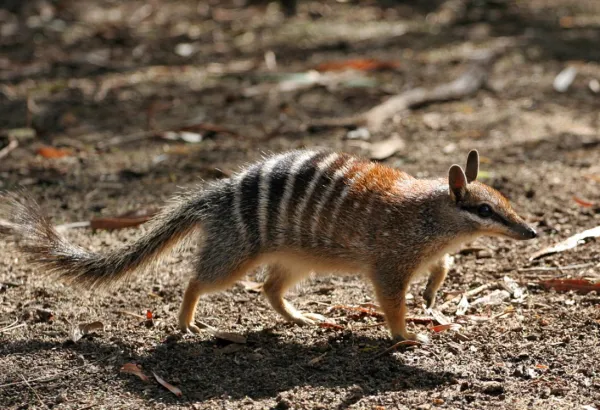
Australia is home to an extraordinary number of endemic animal species—unique creatures that exist nowhere else on Earth. From koalas and platypuses to kangaroos and some of the world’s most venomous snakes, the Australian wild hosts an iconic array of biodiversity. Unfortunately, many of these sp...
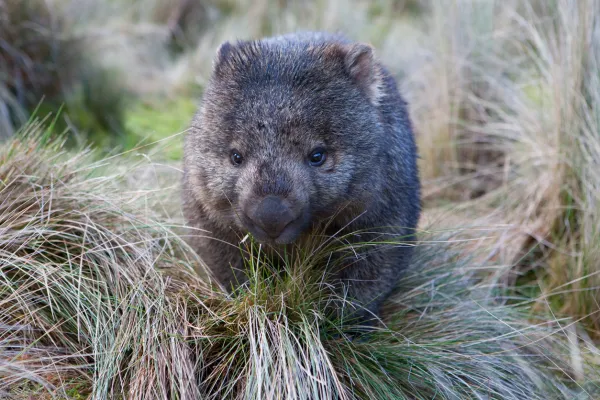
Although Oceania is the smallest and least populated continent in the world, it is home to Australia and Papua New Guinea—two of the roughly 20 megadiverse countries on the planet. With its immense variety of species, Oceania is a paradise for biologists and researchers, who frequently report on th...

Uruguay, the second smallest country in South America after Suriname, boasts remarkable biodiversity despite its limited geographic size. However, like many regions worldwide, Uruguay faces increasing threats to its wildlife, with many species now endangered. The primary cause of this alarming trend...
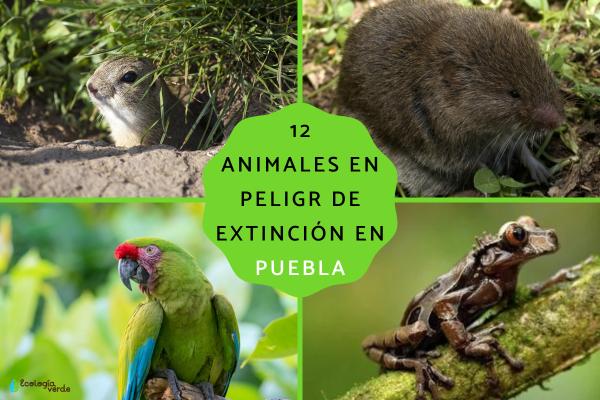
Puebla, a state located in central Mexico, is characterized by diverse topography—volcanoes, highlands, valleys, and plateaus—that results in a wide variety of climates: from snowy peaks to temperate, warm, and dry areas. This geographic richness gives rise to exceptional biodiversity. However, in...
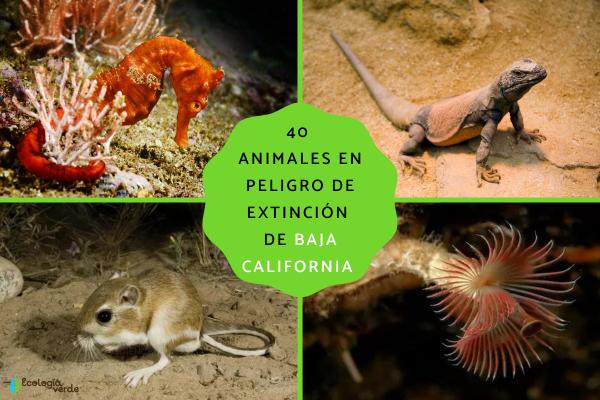
The Baja California Peninsula, located in northwestern Mexico, is a land of striking ecological contrasts—from its arid deserts and rocky coastlines to its vibrant marine ecosystems along the Pacific Ocean and the Gulf of California. Despite its harsh conditions, the region is home to an incredible...